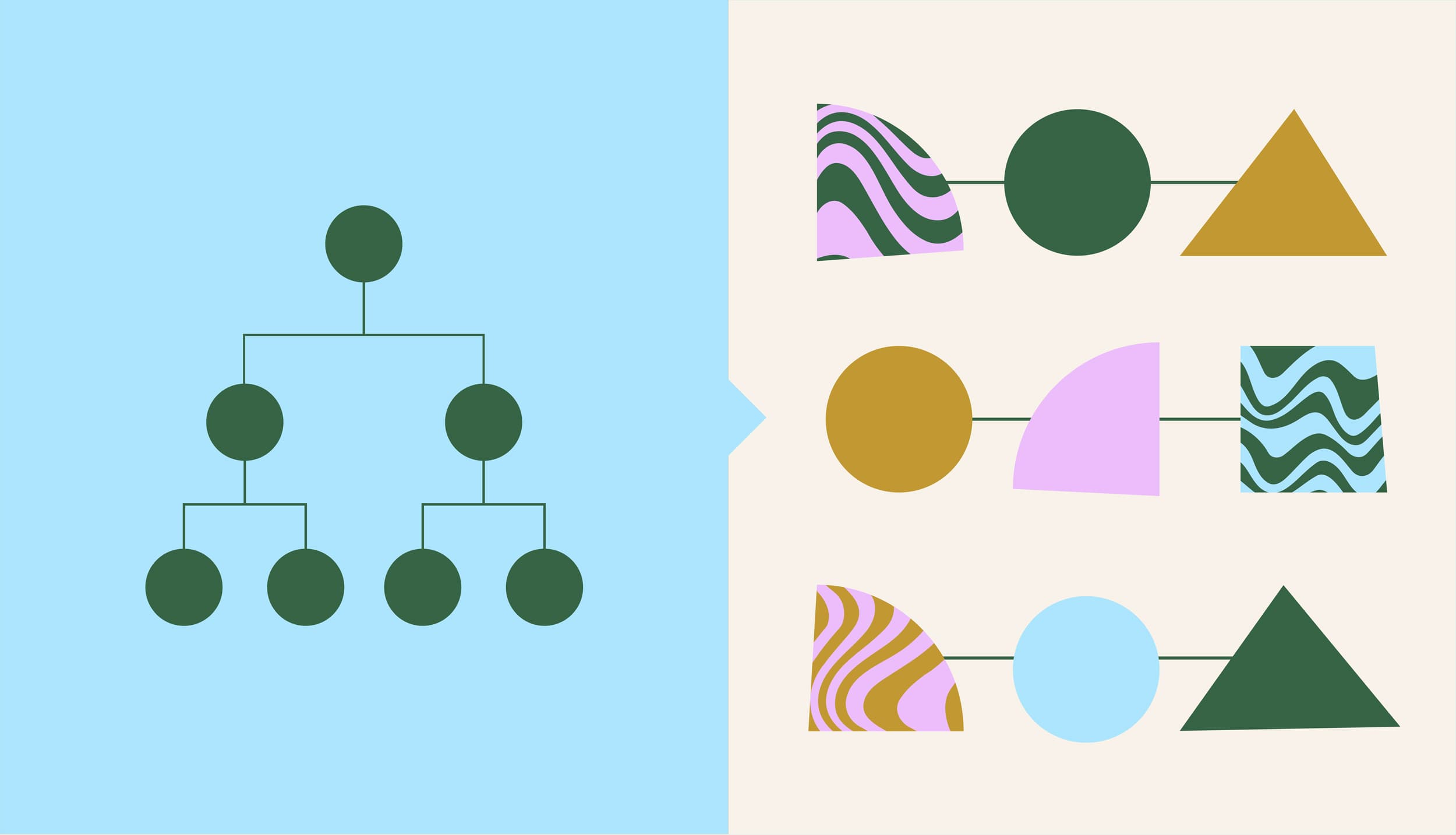Matt Burr |
At Guild’s Healthcare “Meeting of the Minds” in April, I led a learning design workshop with a group of CHROs and Chief Nursing Officers. We were working together to design a new Guild Academy for clinical leaders, and in the afternoon, we shifted into prioritization mode. Everyone had the chance to vote on three capability areas from a shortlist of six. One of the six: change management.
That’s when things got interesting.
One breakout group barely got started before someone pushed back — hard. And then others joined in. The term “change management” didn’t sit right with them. In fact, they hated it.
As the conversation unfolded, their collective reaction came into focus. This wasn’t about semantics. It was about experience. They’d all lived through being “change managed.” Many had played the role of “change manager” themselves. None of it had gone well.
Eventually, someone said it out loud:
“What we actually need now aren’t more change managers. We need more ‘change leaders’.”
A change leader isn’t someone with all the answers. They’re someone who can stay grounded in ambiguity, help bring others along, and keep the culture steady even when strategy evolves. These are learnable skills, and they’re in demand.
They were right. And the data backs them up. Only 34% of change initiatives are considered a clear success, according to Gartner. That means two-thirds of the time, formal change-management processes fail. But businesses still default to, and rely on, top-down strategies that were designed for a slower, more predictable world.
The problem? Traditional change management is reactive by nature, disruptive in practice, and too often disconnected from the people who actually make change happen.
Meanwhile, the pressure to change is rising. According to PwC’s 2025 CEO Survey, 40% of global CEOs believe their companies won’t be viable in ten years if they stay on their current path. Whether it’s AI, climate adaptation, or evolving workforce expectations, the forces driving change are constant.
So the real challenge isn’t how to manage change more efficiently. It’s how to build the leadership capacity that can guide it before the next disruption begins. Less about training the next wave of turnaround specialists who parachute in every few years to execute plays from the change-management playbook. More about developing change leadership intentionally, so the blunt instrument of change management never has to be used in the first place.

Leadership development is a change strategy
Here’s the good news: Companies are already focused on leadership. In fact, leadership and manager development is the number one priority for CHROs in 2025, according to SHRM. Over half (51%) of CHROs name it a top focus. At the same time, 53% expect increased investment in rapid skills development, and half are prioritizing a shift toward more human-centered leadership.
This is more than a talent imperative. It’s a strategic opportunity. As businesses work to fill leadership pipelines, they can also prepare those leaders to become stewards of change, embedded throughout their organizations.
What makes a change leader
A change leader isn’t someone with all the answers. They’re someone who can stay grounded in ambiguity, help bring others along, and keep the culture steady even when strategy evolves. These are learnable skills, and they’re in demand. Deloitte’s recent workplace survey found that 87% of employees see human skills like adaptability, communication, and leadership as essential to their career growth.
People want to work in organizations that develop these capabilities. And businesses need leaders who can embody them.

A scalable way to build change-ready leaders
So, how do you build this leadership capacity that supports change — not just once, but continuously? How do you develop change leaders?
We’ve seen cohort-based learning work especially well. It gives people a structured space to process complexity, connect with peers, and apply new thinking to the context of their real work, all in an environment designed to support growth. It’s also scalable, repeatable, and highly effective at driving behavior change.
One client, a Fortune 500 financial services company, used Guild Academy to support the development of its next generation of leaders. The program focused on core capabilities like navigating uncertainty, communicating through change, and leading with empathy. It started with new managers and managers of managers, and grew to nearly 25,000 employees across levels. Participants shared more than 500,000 reflections and insights, and over 80% completed the program.
This kind of learning does more than transfer knowledge. It builds capability. And it helps create alignment across teams and levels in a way traditional corporate training rarely does.
Three essentials for developing change leaders
In our experience designing Guild Academy programs, there are a few consistent ingredients that help cultivate change-ready leaders. These are the principles we incorporate every time:
1. Start with stories.
People don’t remember frameworks; they remember moments. Framing concepts through real-world stories helps learners connect emotionally and cognitively, making the lessons stick. For example, instead of teaching theory about what works generally for sales teams, we elevate the story of a difficult lesson one sales leader learned in the field with a prospect.
2. Spotlight authentic voices.
We integrate videos from familiar leaders, peers, and subject-matter experts into the learning experience. Hearing from people in the organization builds credibility and relatability and increases engagement. When developing a recent Guild Academy for internal use, we knew that seeing and hearing our CEO voice her interpretation of a key idea in a learning module would underscore the material.
3. Design for dialogue.
Real transformation happens through interaction. Structured opportunities for discussion, reflection, and collaboration help learners process new ideas and translate them into action. We see this unfold through discussion threads that stretch down the page in learning modules, with learner mentions, excited agreement and even healthy debate on ideas.
These aren’t bells and whistles. They’re what make learning real.
Change-readiness starts with people.
There’s no shortage of tools to manage change. But what companies really need are more people who are equipped to lead through it. That’s the shift we’re seeing across high-performing organizations: less focus on managing change from the top, and more focus on enabling it throughout. It’s a fundamentally proactive approach that places strategic focus on building resiliency in the long term, so companies can move forward when there is no perfect roadmap (which is all the time).
When change-ready leaders are embedded across the organization, the need for formal, disruptive change management decreases, and may even be negated entirely. You don’t have to rally everyone to a new initiative. The culture is already used to being in motion.
This is the future of work. A world where change is constant, and where leadership, not management, is what keeps the organization moving forward.



